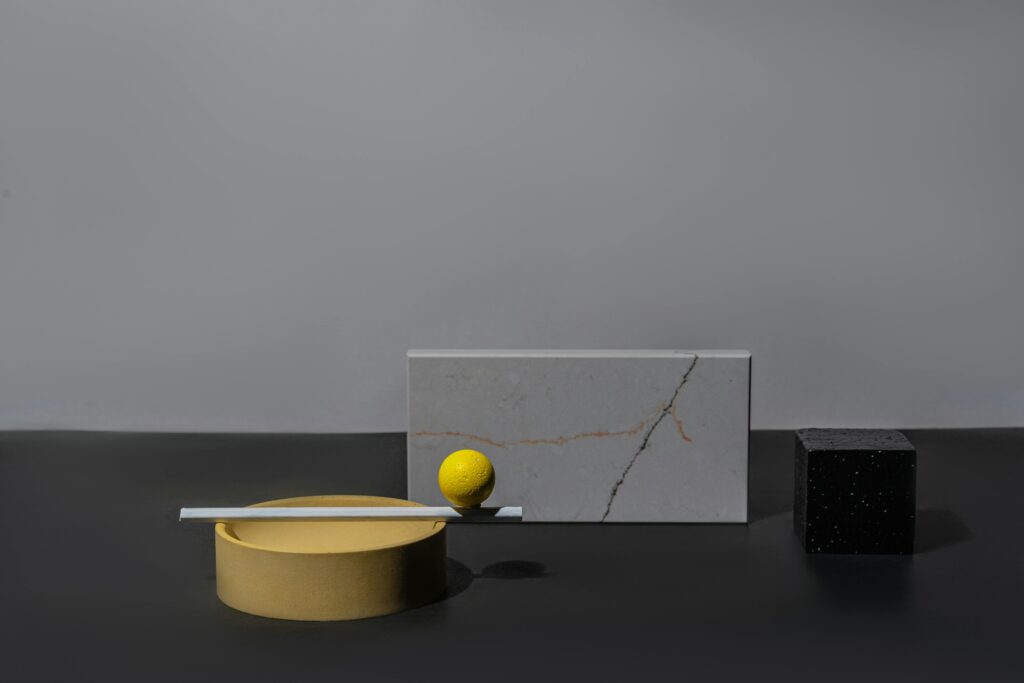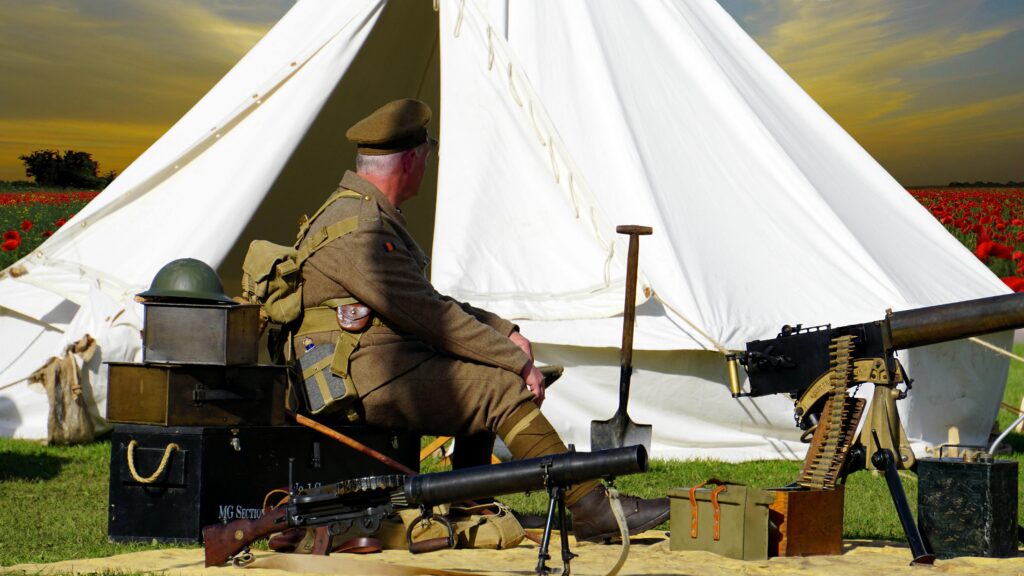Understanding artistic proportions is fundamental for artists aiming to create balanced and harmonious compositions. Proportion refers to the relationship between the sizes of different elements within an artwork, influencing its overall aesthetic and impact.
Defining Proportion in Art
In art, proportion pertains to the relative size of parts within a whole. It dictates how elements like figures, objects, and spaces relate to each other in terms of size, ensuring a cohesive and realistic representation. Proper use of proportion can enhance the realism of a piece, while intentional distortion can convey specific emotions or abstract concepts.
Proportion vs. Scale: Understanding the Difference
While often used interchangeably, proportion and scale have distinct meanings in art:
- Proportion: Refers to the size relationship between parts within a single object or composition.
- Scale: Relates to the size of an entire object in comparison to another object or its environment.
For instance, a sculpture may have accurate proportions within its form but be larger or smaller in scale compared to real-life objects.
Types of Proportion in Art
Standard Proportion
This involves maintaining realistic size relationships between elements, resulting in lifelike and believable compositions. Artists often study human anatomy and natural forms to achieve standard proportions.
Altered Proportion
Artists may intentionally modify proportions to emphasize certain aspects or convey specific messages. This technique is prevalent in caricatures and abstract art, where exaggeration or reduction of features creates a desired effect.
Hierarchical Proportion
Common in ancient and medieval art, hierarchical proportion assigns size based on the importance of subjects. More significant figures are depicted larger than less important ones, regardless of their actual physical dimensions.
Out of Proportion
Sometimes, artists deliberately use disproportion to create surreal or unsettling effects. This approach challenges viewers’ perceptions and can evoke strong emotional responses.
Historical Examples of Proportion in Art
The Vitruvian Man by Leonardo da Vinci
Leonardo da Vinci’s “Vitruvian Man” exemplifies the study of ideal human proportions. This drawing illustrates the correlation between human anatomy and geometric principles, reflecting the Renaissance pursuit of harmony and balance.
The Birth of Venus by Sandro Botticelli
In “The Birth of Venus,” Botticelli employs idealized proportions to depict the goddess with elongated limbs and a graceful stance, embodying the era’s aesthetic ideals.
The Scream by Edvard Munch
Munch’s “The Scream” utilizes exaggerated proportions to convey intense emotion. The elongated face and hands amplify the sense of anxiety and despair, demonstrating how altered proportions can enhance expressive impact.
Proportion in Different Art Forms
Sculpture
In sculpture, proportion is crucial for achieving balance and realism. Greek sculptors, for example, developed mathematical systems to create idealized human forms, influencing Western art for centuries.
Digital Art
Digital artists use grids and guides to maintain correct proportions, ensuring elements are accurately sized and positioned. Tools like transform functions allow for precise adjustments, facilitating the creation of well-proportioned digital compositions.
Techniques for Mastering Proportion
Figure Drawing Classes
Participating in figure drawing sessions helps artists develop an eye for accurate proportions. Observing live models and practicing gesture drawings enhance the ability to capture the human form realistically.
Still Life Setups
Drawing still life arrangements allows artists to study the size relationships between objects. This practice improves the understanding of proportion and spatial relationships within a composition.
Utilizing Grids and Measurement Tools
Employing grids, proportional dividers, and sight-sizing techniques aids in accurately capturing proportions. These tools provide reference points, making it easier to replicate the correct size relationships in artwork.
Common Questions About Proportion in Art
- What is the importance of proportion in art?
Proportion ensures that elements within an artwork relate harmoniously, contributing to its overall balance and realism. - How can beginners improve their understanding of proportion?
Beginners can practice drawing from life, use measurement tools, and study anatomy to enhance their grasp of proportion. - Can altering proportions affect the mood of an artwork?
Yes, intentional distortion of proportions can evoke specific emotions or highlight particular aspects of a subject. - What is the difference between proportion and scale?
Proportion refers to size relationships within a composition, while scale pertains to the size of an object in relation to another object or its environment. - Are there universal standards for proportion in art?
While certain guidelines exist, such as the “eight heads tall” rule for human figures, artists often adapt proportions to suit their style and intent.
Conclusion
Mastering artistic proportions is essential for creating compelling and harmonious artworks. By understanding and applying the principles of proportion, artists can enhance the realism, balance, and emotional impact of their creations. Whether adhering to traditional standards or experimenting with altered proportions, this fundamental concept remains a cornerstone of effective artistic expression.


